The United State’s Big Bend National Park sprawls 1252 square miles across southwestern Texas, along the border that straddles Texas and Mexico. The park is home to the largest protected area of Chihuahuan Desert, as well as the spectacular Chisos Mountains. Plunging river gorges, jagged canyons, breathtaking mountains, and rugged desert terrain make Big Bend National Park an adventure-seekers paradise. With over 150.0mi of trails spanning endless unspoiled natural habitat, visitors can explore the park in harmony, alongside the park’s diverse wildlife and unique flora and fauna. With a myriad of ways to experience this sensational park, including cycling, hiking, backcountry camping, horseback riding, canoeing and more, the opportunities for adventure here are endless, making it a popular destination for outdoor enthusiasts world-wide.
Quick Navigation
About Big Bend National Park
Big Bend National Park is one of the most intriguing – and remote – parks in the United States. Covering an impressive area of over 1252 square miles, the park was named after a bend in the Rio Grande River and was established in 1944. Found tucked into a far corner of Texas on the Mexican border, Big Bend National Park is without a doubt one of the region’s greatest natural treasures.
Big Bend offers visitors access to the splendors of the Chihuahuan Desert, also making way for adventures through the Chisos Mountains, and excursions down the Rio Grande river. The combination of desert, mountain, and river landscapes make the park ideal for exploring in a wide variety of exciting ways. Visitors can hike, backpack, canoe, kayak, or explore on horseback, traversing the spectacular landscapes that unfold within the park’s boundaries.
Referred to by many as, “Texas’ gift to the Nation”, Big Bend attracts adventure-seekers from near and far and immerses visitors in its rich history and captivating natural beauty.
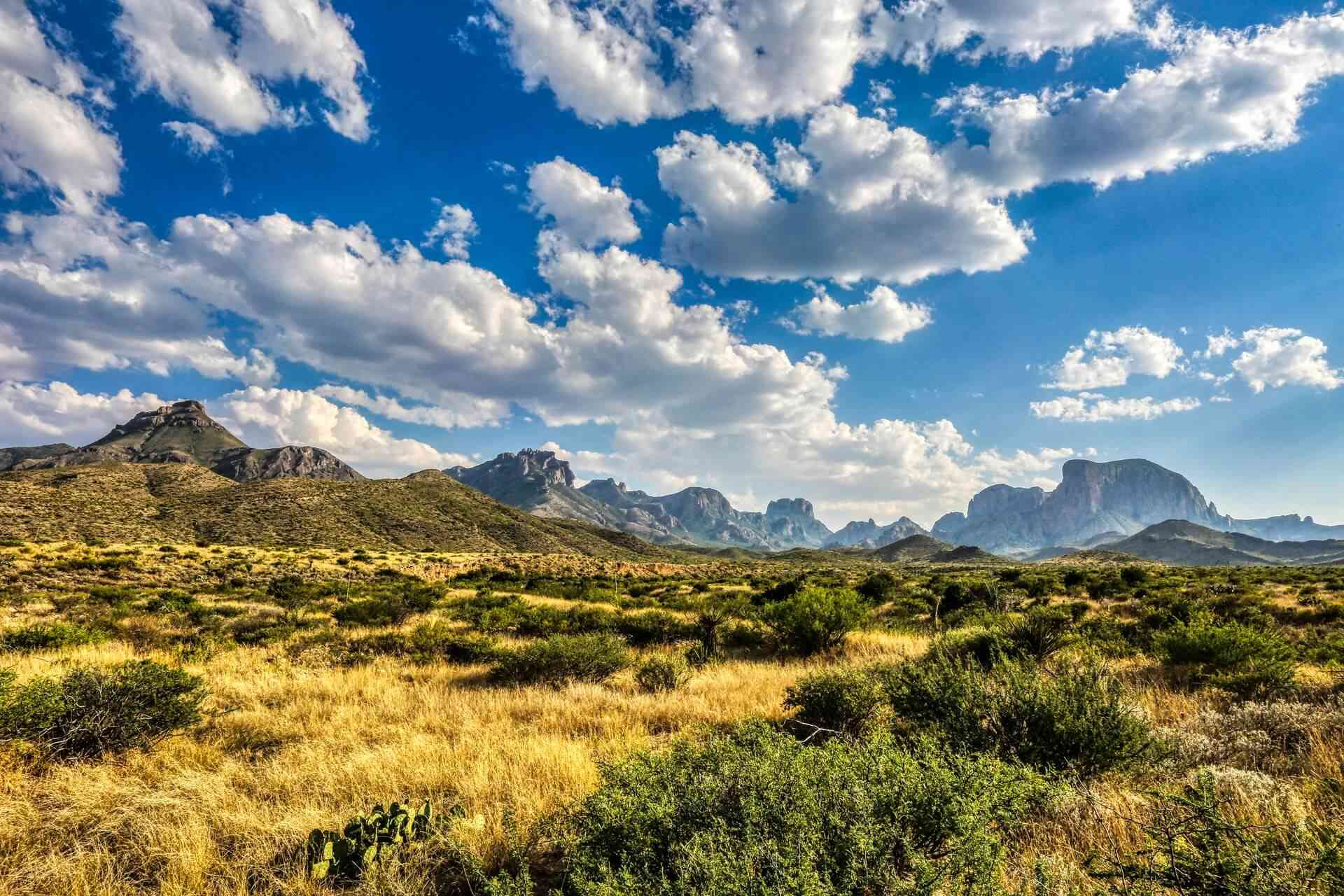
How to get to Big Bend National Park
At least a three hour drive from any airport, Big Bend National Park is off the beaten path, but worth the trip.
Park entry fees are as follows:
- $30 per private car
- $25 per motorcycle
- $15 per individual (cyclists, hikers, etc.)
Visit the park website for commercial vehicle costs and information about annual passes.
Flying to Big Bend National Park
Any journey to Big Bend National Park will include at least three hours of road time (partially without cellular service).
- Big Bend National Park is 195.0mi from Midland International Airport
- Big Bend National Park is 288.0mi from El Paso International Airport
- Big Bend National Park is 413.0mi from San Antonio International Airport
- Big Bend National Park is 441.0mi from Austin-Bergstrom International Airport
Driving to Big Bend National Park
- Big Bend National Park is 98.2mi from Marfa, Texas.
- Big Bend National Park is 437.0mi from Austin, Texas.
- Big Bend National Park is 533.0mi from Dallas, Texas.
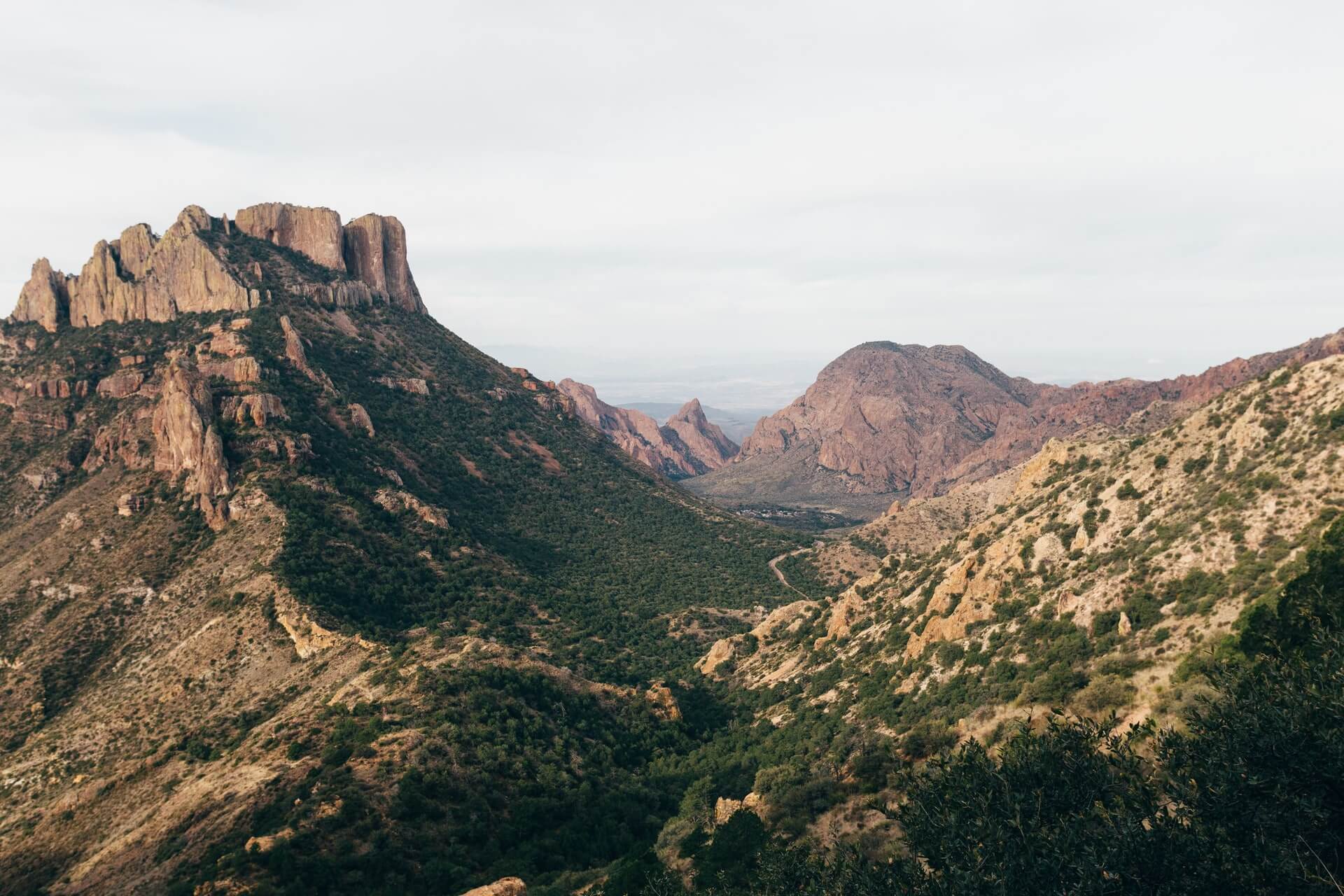
Best time to visit Big Bend National Park
The best time to visit Big Bend National Park is in mid-fall or early spring. Visit during the week and avoid any major holidays or school breaks to avoid crowds. The summer can bring extreme heat and rain and the winter uncomfortable cold. The temperature can change throughout the day and in different areas of the park, plan for a range of weather conditions throughout the year.
How to get Around Big Bend National Park
The simplest way to get around Big Bend National Park is to drive, but cycling trips, backcountry hikes, and Rio Grande river tours are wonderful ways to explore the park.
Where to Stay in Big Bend National Park
Depending on how you plan to experience the park, there are a few options. You can enjoy overnight stays in the park’s only lodge accommodations, or for those wishing to sleep under the stars, a selection of campgrounds are available within the park also.
Chisos Mountains Lodge
The Chisos Mountains Lodge is the only accommodation inside the boundaries of the park. It hosts several types of lodging options and campgrounds.
There are three campgrounds located within the park:
Chisos Basin Campground
Rio Grande Village Campground
Cottonwood Campground
Reservations are currently required for all in-park campgrounds.
You can also camp in the backcountry of Big Bend National Park, just be sure to register for a backcountry permit before you go.
Where to stay outside of Big Bend National Park
For those looking to stay outside of the park, there are a few accommodations options depending on how near or far you’d like to be to the park itself. These options are fun, and somewhat outside of the box, catering to those looking for a unique experience!
Basecamp Terlingua – Choose from a bubble, tipi, retro trailer, casita and more at this hip property just outside of Big Bend National Park.
Lajitas Golf Resort – Boasting a golf course, spa, and charter plane service, this resort offers a luxury experience just 20 miles from Big Bend National Park.
Ten Bits Ranch – With stunning views and the unique experience of staying within a re-created western town, Ten Bits Ranch is a great choice for accommodations while visiting Big Bend National Park.

Where to Eat in Big Bend National Park
The Chisos Mountains Lodge Restaurant and Patio at Chisos Mountains Lodge is the only full-service dining option within the park.
Where to Eat Near Big Bend National Park
Terlingua offers an array of dining options outside of the park:
DB’s Rustic Iron BBQ – A trip to Texas isn’t complete without an authentic BBQ experience. This highly rated gem is located right outside of the park.
Starlight Theatre – Get your quintessential Texas steak or traditional mexican dishes with a side of live music at this Terlingua favorite.
Taqueria El Milagro – Visit Taqueria El Milagro for authentic Mexican fare under the big Texas sky.
Espresso y Poco Mas – A great stop for breakfast, lunch, fresh squeezed OJ, and espresso.
Marfa, Texas
Pairing a trip to Big Bend National Park with a visit to the Texas’s artist haven, Marfa, Texas makes for a delightful journey. There are several excellent restaurants in Marfa including Stellina and Hotel St. George.
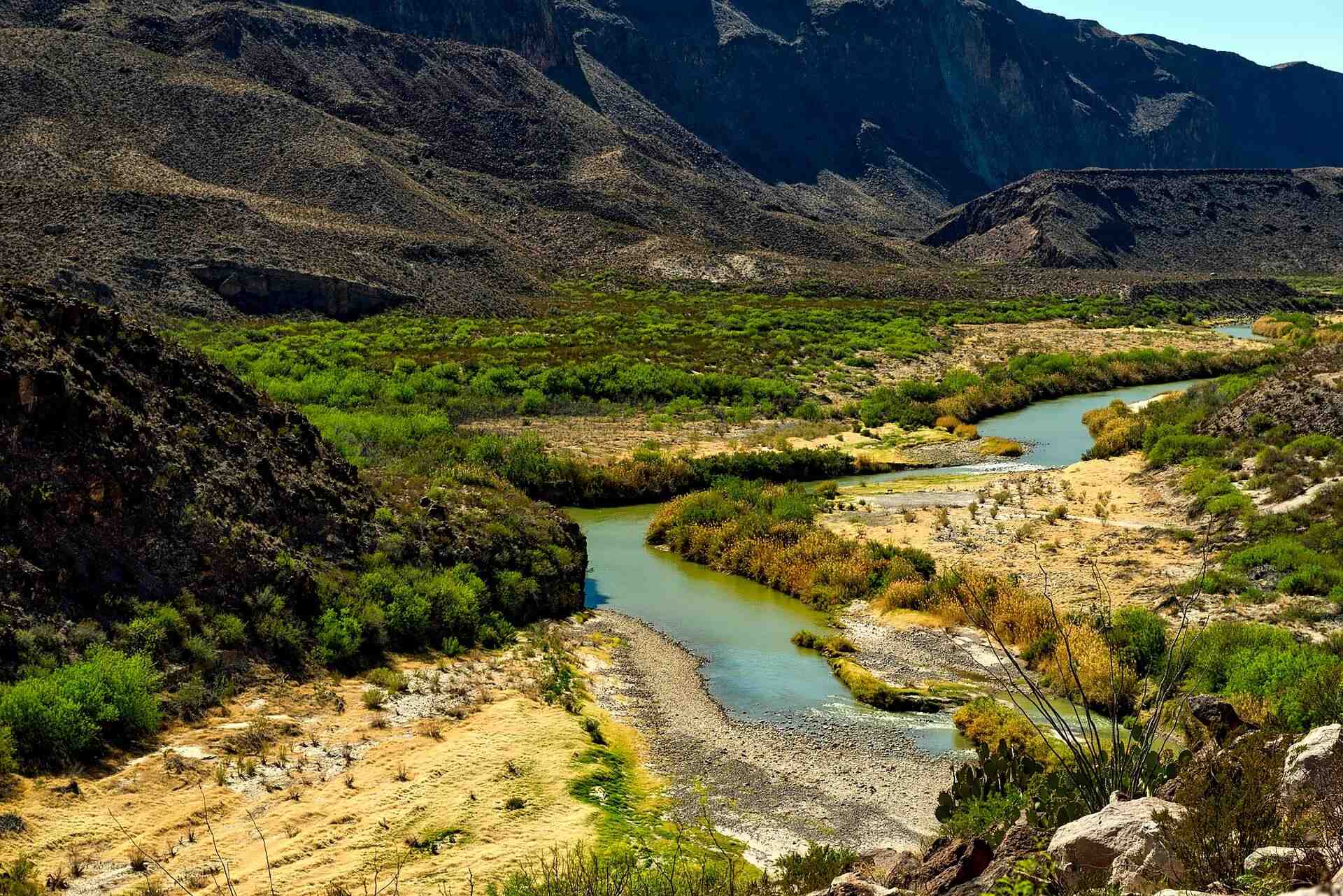
Things to do in Big Bend National Park
Whether this is your first visit to Big Bend National Park or your fifth, the park’s diverse landscapes and endless recreational opportunities make it an adventure worth embarking on time and time again. Check out some of the best ways to experience this majestic park in all of its glory!
- Drive. Driving the Ross Maxwell Scenic Drive is a simple way to explore the park. On this paved road you’ll find many scenic overlooks and trailheads for short hikes.
- Go for a Day Hike. There are numerous hikes in Big Bend National Park ranging from 50 yard scenic loops to 14.5mi strenuous treks. Hike the desert, the mountains or along the Rio Grande.
- Embark on an overnight hike. The Outer Mountain Loop Hike is a 3-day, 33.0mi hike. You’ll need a backcountry permit for this overnight hike.
- Explore the backcountry. Set out on your own adventure by foot, horse or boat. Purchase a backcountry permit and topographical maps for your trip at the Panther Junction and Chisos Basin Visitor Centers. Use this handy worksheet to plan your trip.
- Cycle. There are several paths that are ideal for cyclists, with routes ranging from 10.0mi to 35.0mi. The use of a shuttle is recommended.
- Horseback Riding – Bring your own horse or book a tour to peruse this national park by horseback. If you’re heading out on your own, you’ll need a backcountry permit and records of up to date vaccinations.
- River trip. Explore Big Bend via the Rio Grande. Bring your own canoe or kayak or book a guided tour for a unique perspective of Big Bend’s majestic lands.
- Visit Mexico. Take a boat across the Rio Grande for a visit to the town of Boquillas, Mexico. You’ll need proper documentation for traveling across the border. You can find more information on making the journey to Boquillas here.
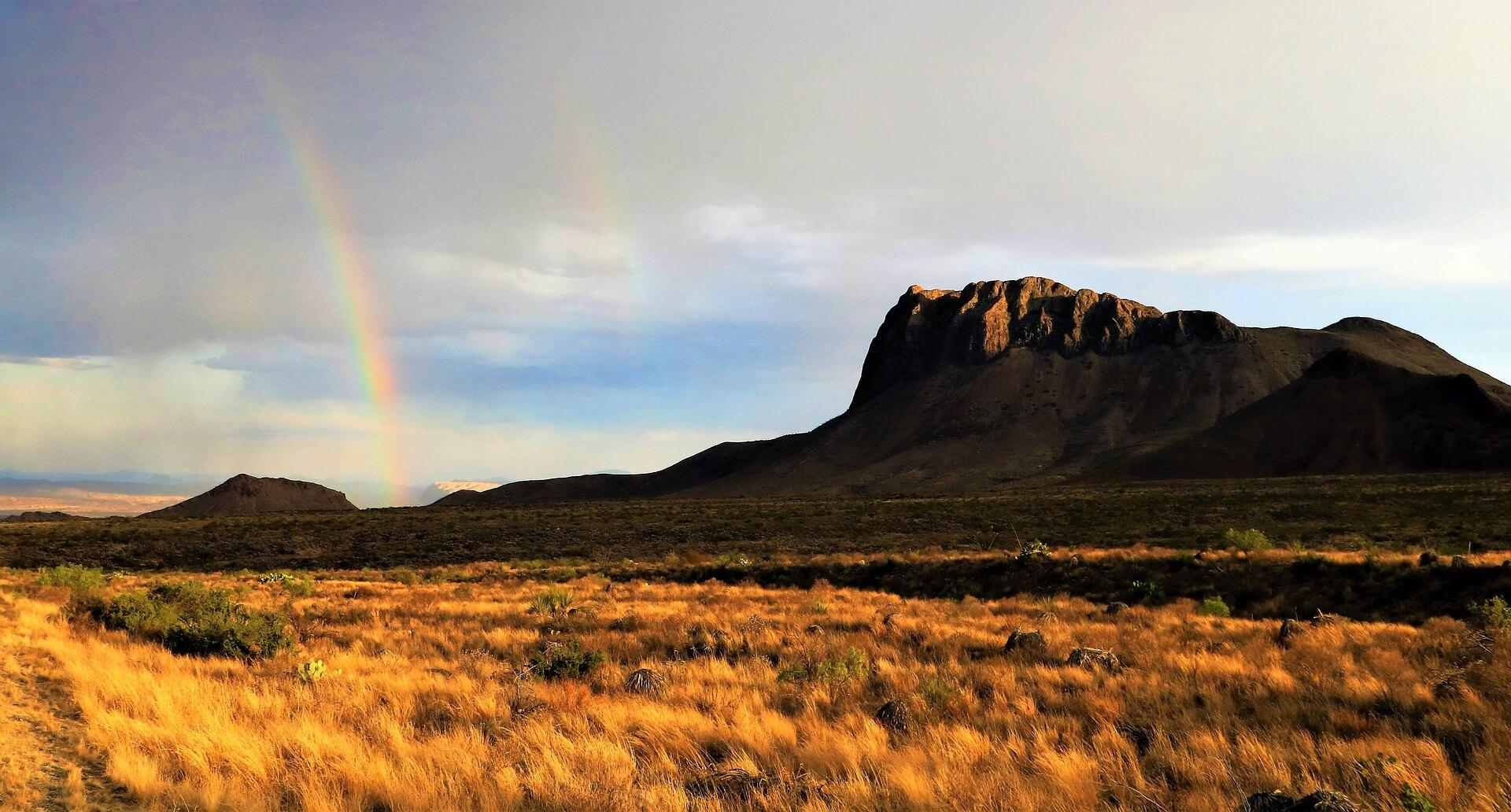
Dangers in Big Bend National Park
- Cell Service. There is little or no access to cell service in the park or a good portion of the drive into the park. Make sure to map out your trip before you go and make other plans for emergency contact.
- Weather. It can become very hot or very cold in Big Bend National Park. If visiting in the warmer months, make sure to bring plenty of water, sunscreen, and a hat. If visiting in the colder months, make sure to prepare for dropping temperatures. The temperatures in the mountains can be 10-20 degrees cooler than the desert floor.
- Wildlife. The wonderfully diverse ecosystem of Big Bend National Park includes animals that could be dangerous to humans, such as bears and mountain lions. Make sure to read up on bear and mountain lion safety before your visit.
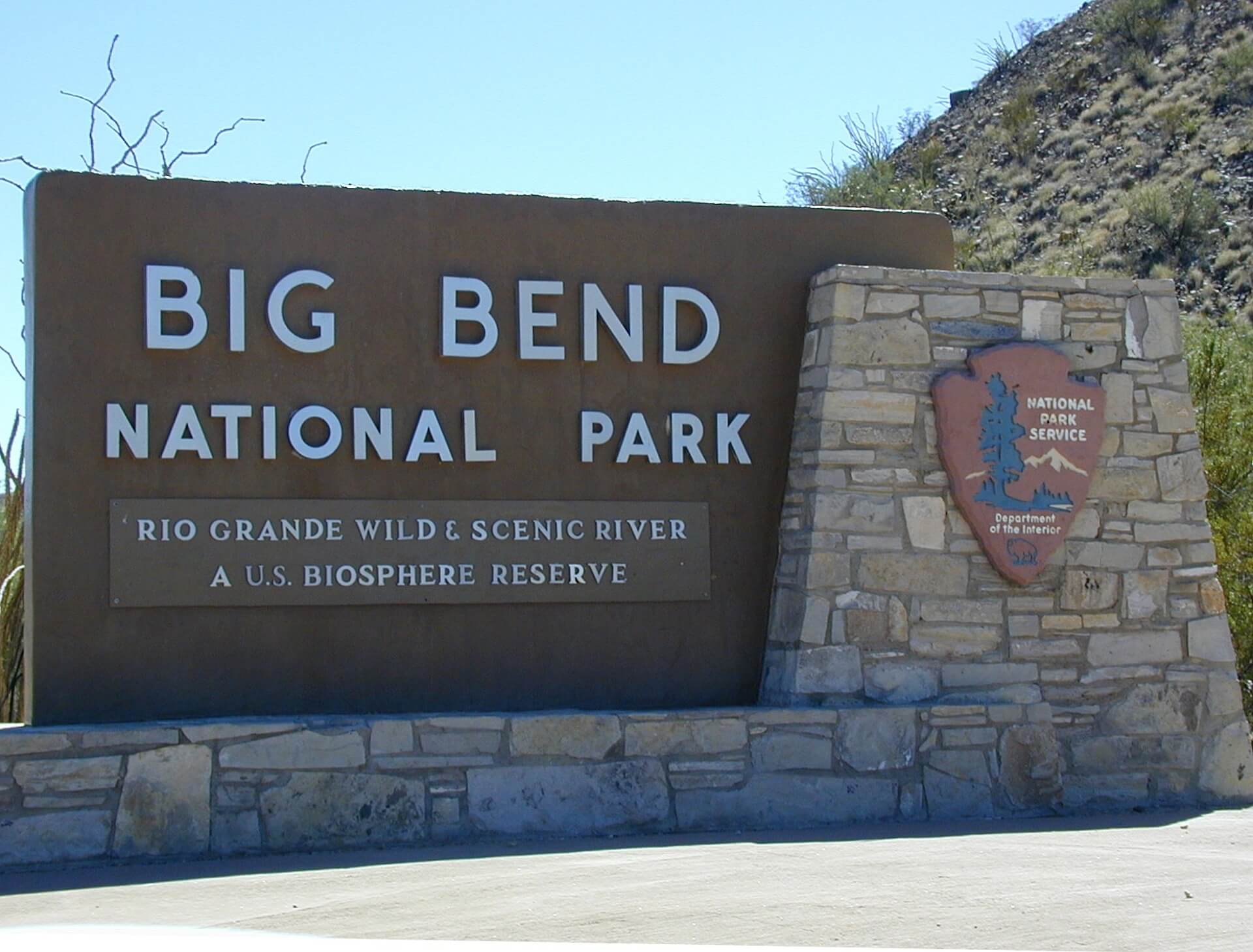
Interesting Facts about Big Bend National Park
- Big Bend National Park boasts an array of wildlife from every class. According to their website, Big Bend National Park is home to more types of birds, bats, butterflies, ants and scorpions than any other national park in the United States.
- Despite being comprised of desert, Big Bend National park is actually home to over 1200 different species of plants
- The Chisos Mountains are the only mountain range of all ranges in the United States to be contained within the boundaries of one single National Park
- Big Bend National Park is larger than the whole state of Rhode Island!
- The award-winning documentary The River and The Wall is partially filmed in Big Bend National Park.
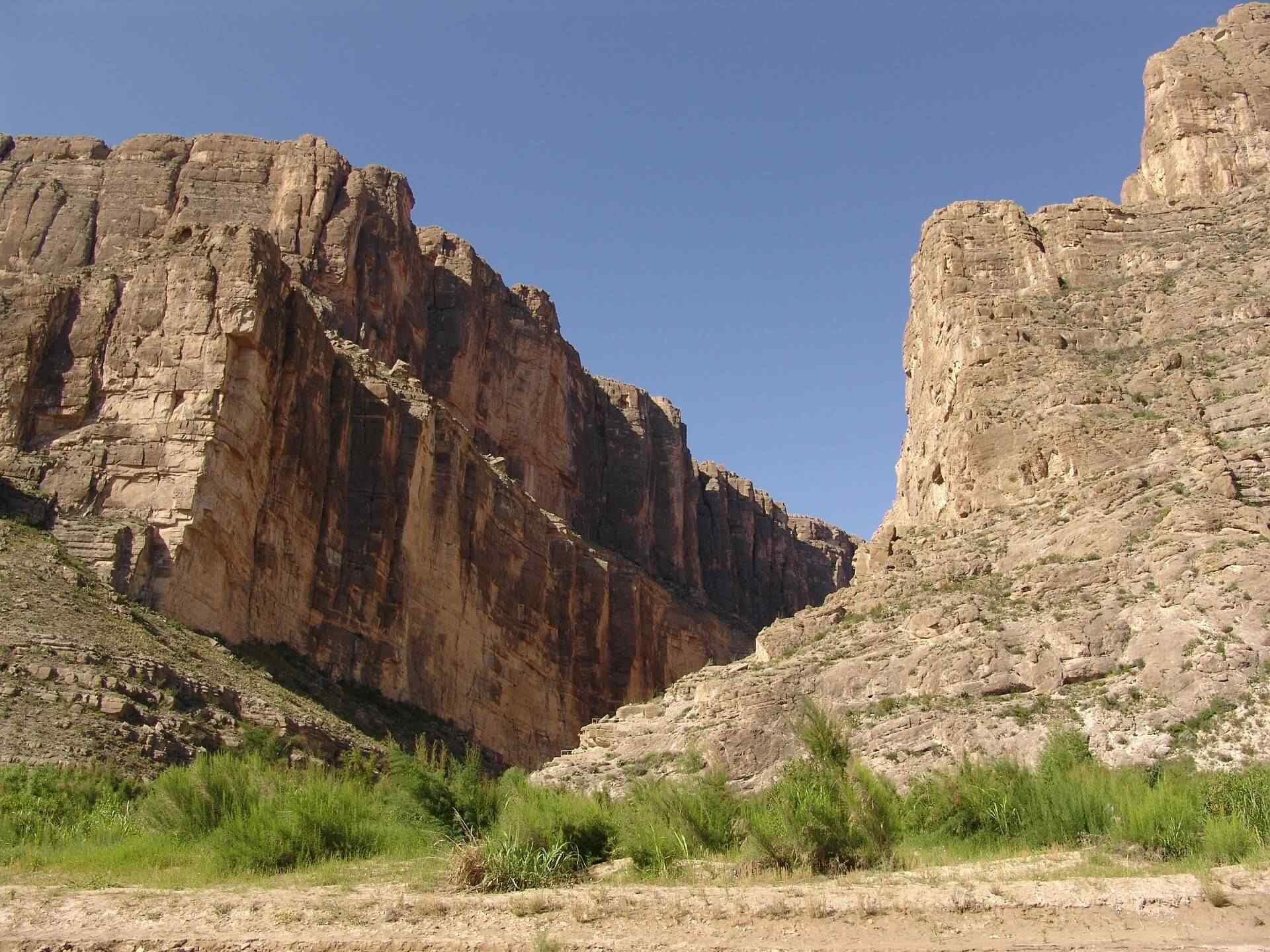
Frequently Asked Questions about The Big Bend National Park
What is special about Big Bend National Park?
Big Bend National Park combines desert, mountains and river landscapes, creating a recreational utopia, ideal for exploration by adventure-seekers and outdoor enthusiasts alike.
Is Big Bend National Park worth visiting?
Big Bend National Park is worth visiting! The park’s versatility and diversity in landscape means it has something to offer everyone! Whether you want to backpack overnight, canoe, or just enjoy a scenic day walk, the opportunities for exploring are endless.
Is Big Bend safe?
As with any natural landscape, there are safe ways to explore and unsafe ways to explore Big Bend National Park. Check out the “Dangers in Big Bend National park” section of this article, for more info on what to be aware of before visiting.
What should I bring to Big Bend?
Depending on which activity you plan to do while visiting Big Bend National Park, your list will vary, but there are some staples you’ll want to include for sure. Hiking backpack and or daypack, hiking shoes, base layers, extra socks, passport (if you want to cross over to Mexico), snacks and of course adequate water (it’s recommended to have 2 quarts of water per person per 2 hours of hiking).
What is the difference between Big Bend State Park and Big Bend National Park?
There are several differences between Big Bend State Park and Big Bend National Park. Firstly, Big Bend National Park is almost three times larger than Big Bend State Park. Big Bend National Park is also more developed and conducive for vehicles and RVs due to its well paved roads.
Can you drive through Big Bend National Park?
Yes, you can drive in Big Bend National Park. The park has over 100.0mi of well paved scenic roads that are great for driving.
Is there cell service in Big Bend National Park?
Cell service in the National Park is limited at best. While exploring in the park, cell service will be spotty. Cell service in and around the park accommodations and campsites is more reliable.
Are there snakes in Big Bend National Park?
Yes, Big Bend National Park is home to 31 species of snakes. Although the park is home to 4 species of rattlesnakes, the most common snake found here is the western diamondback.
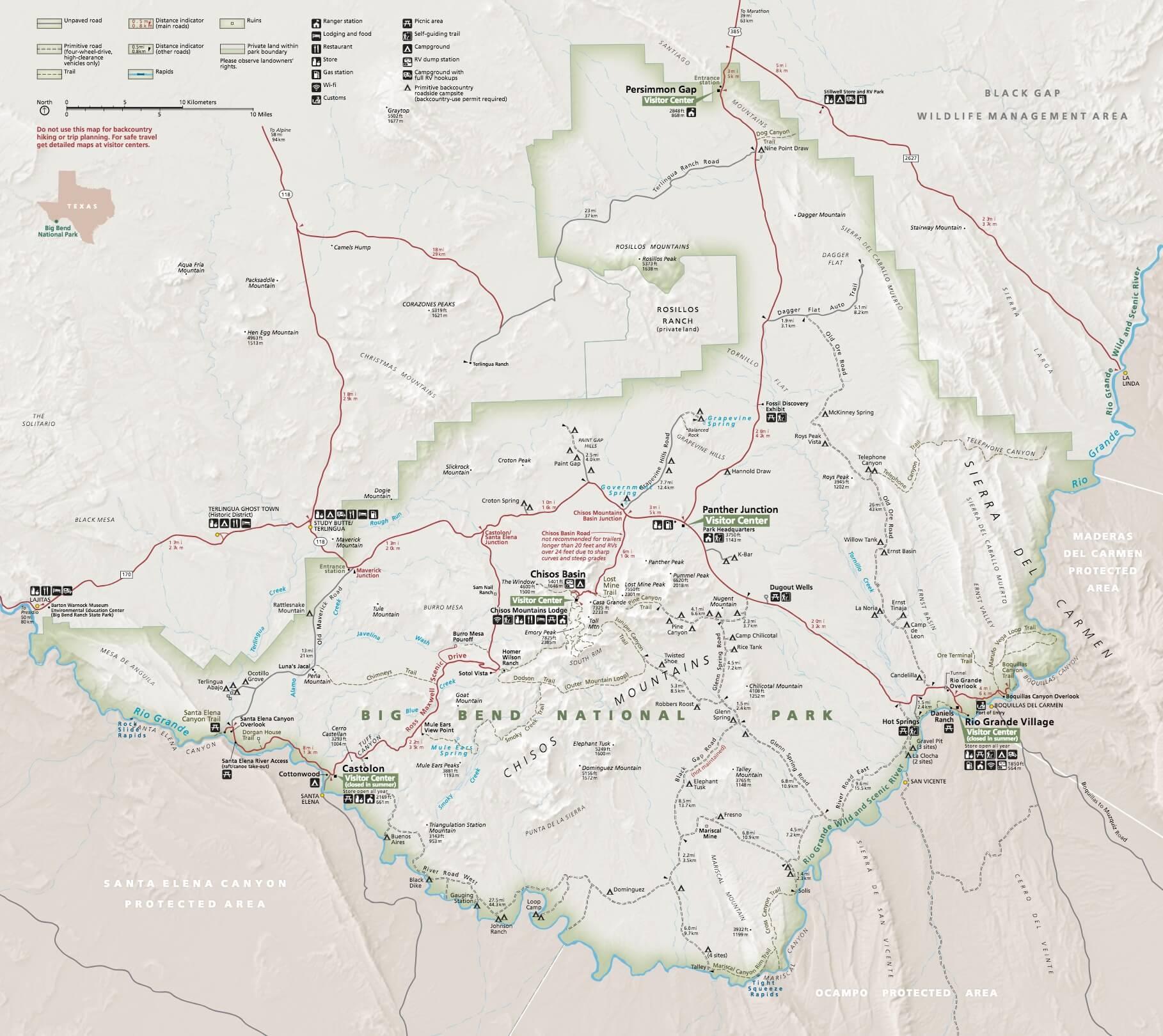
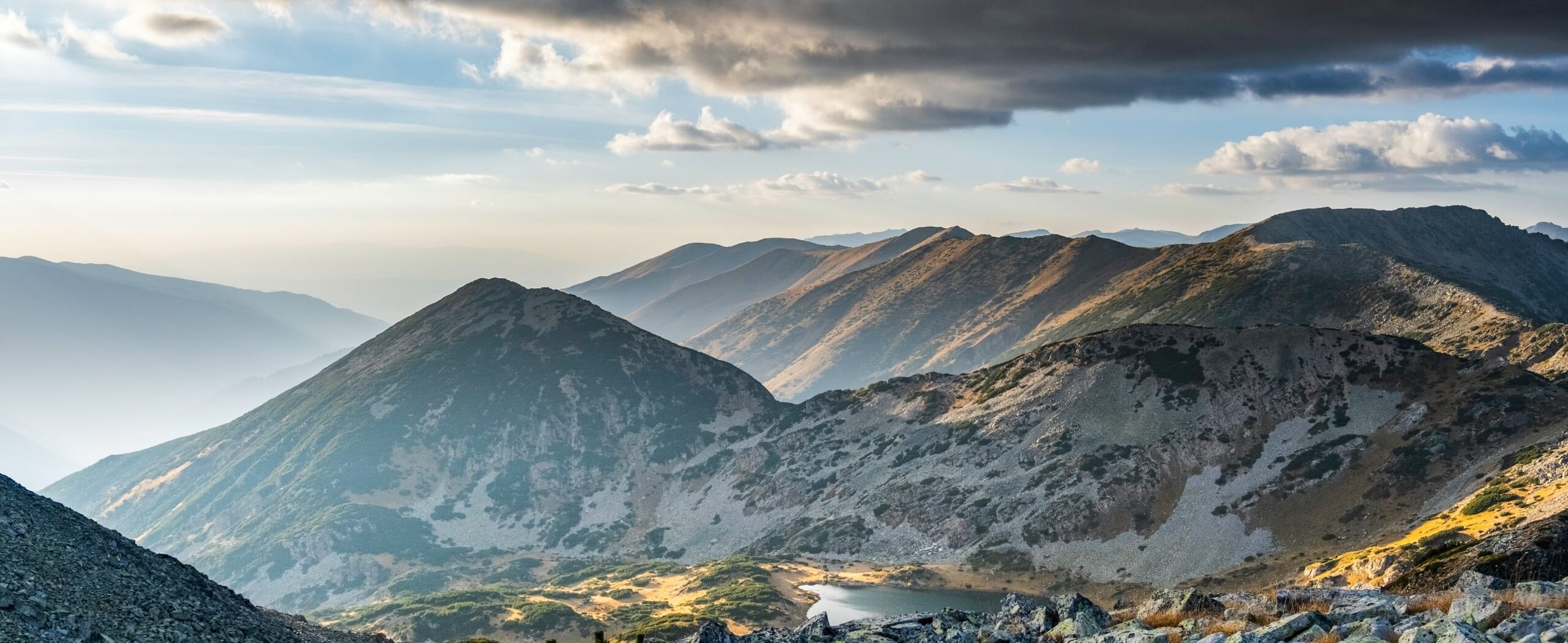
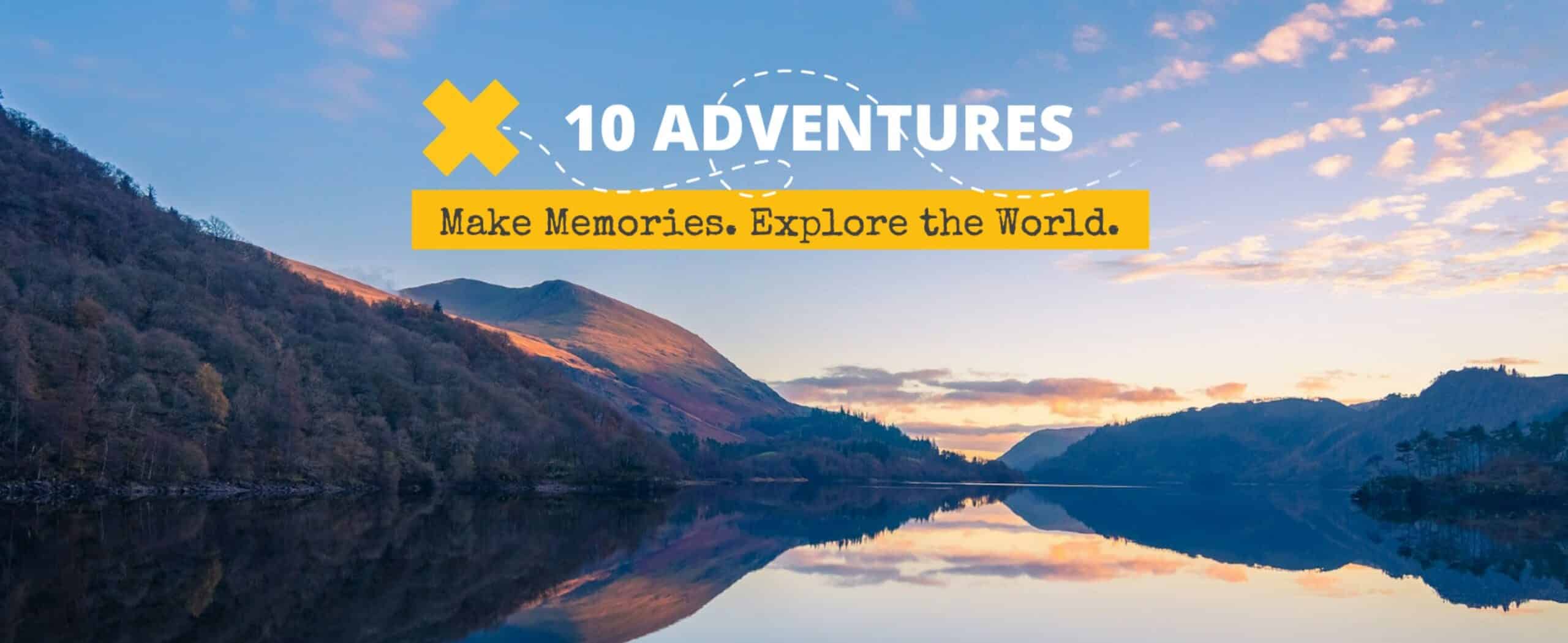

Comments